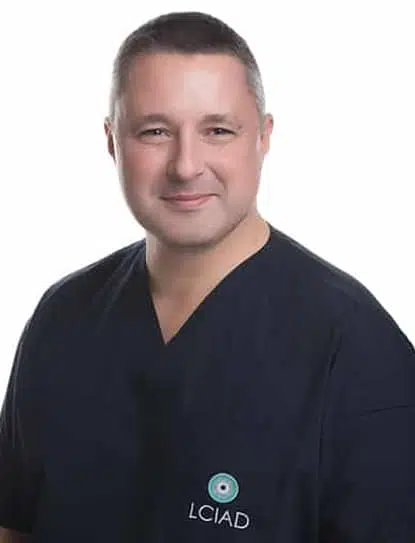The endeavour to capture high-quality dental images transcends mere artistic inclination. It serves as an indispensable instrument for diagnosis, treatment planning, and documentation, while also functioning as an educational tool for patients and an invaluable record in medico-legal circumstances.
The Technical Foundations of Dental Photography and the Importance of Selecting the Appropriate Equipment and Settings
Investing in a full-format digital SLR camera equipped with a 100 mm macro lens with 1:1 capability is not an extravagance but a necessity. The SLR camera allows manual control over aperture, ISO, and shutter speed, thereby providing the flexibility to capture highly detailed images.
The use of ring flashes or side flashes facilitates a uniform dispersion of light. The proper flash system can mitigate shadows and bring out subtle details in the images, which may prove significant in clinical assessment.
Proper calibration of these settings is pivotal for capturing images that are neither overexposed nor underexposed. A deeper understanding of this trilateral relationship can enable one to capture images with accurate colour reproduction and an optimal depth of field.
Mastering the techniques
Effective dental photography is also dependent on the ability to position the patient and assistant optimally. This facilitates not only the capture of images from the correct angle but also contributes to patient comfort.
The use of intraoral mirrors and retractors can aid in obtaining photographs from challenging perspectives. These tools are critical for capturing comprehensive images of posterior regions and occlusal surfaces.
Consistency in Dental Photography, Post-Production and Archiving: The Non-negotiable Requirements
Consistency in photographic technique ensures a reliable clinical record. It also lends credibility to your practice, substantiating your claims in both clinical and legal settings.
While Photoshop allows for a wide range of manipulations, it’s critical to adhere to ethical guidelines that prohibit the alteration of clinical facts. Photoshop should primarily be utilised for tasks such as colour correction, rotation, cropping, and brightness adjustment.
The Adobe Bridge software allows for the systematic archival of photographs. Features such as batch renaming, keyword tagging, and dating facilitate easy and indispensable retrieval and organization.
Branding your Practice and Engaging your Audience
A well-designed PowerPoint or Keynote presentation serves as an extension of your brand. Customized templates resonate with your practice’s philosophy and can make your case presentations stand out.
The utility of these presentations is not restricted to patient education. They can also serve as compelling tools for peer-to-peer knowledge sharing, be it in study clubs, seminars, or international conferences.
Conclusion: The Symbiotic Relationship between Dental Photography and Effective Patient Care
Mastering dental photography and presentation techniques serves to elevate the standard of patient care you can offer. These skills empower you to document clinical findings, plan treatments more effectively, and communicate these plans convincingly to both patients, your laboratory and peers.
For Those Looking to Deepen their Expertise
For professionals eager to deepen their understanding and hone their skills, LCIAD Academy’s upcoming Dental Photography and Presentation Course on 20-21 October 2023 tutored by me, Dr KORAY FERAN and my colleague Dr SHIRAZ KHAN, offers an intensive, hands-on training program that covers these topics in depth.
Frequently Asked Questions (FAQ’s)
Q: What is the significance of using a full-format digital SLR camera?
The full-format digital SLR allows for a larger sensor size, providing better low-light performance and an enhanced image detail.
Q: Is using Adobe Photoshop mandatory for dental photography?
The use of Adobe Photoshop is not mandatory in dental photography, but the versatility it offers in post-production can substantially elevate the quality of your images.
Q: How crucial is patient / clinician / assistant positioning?
Accurate positioning of all parties is critical or diagnostic accuracy and the validity of images when used in clinical records.
Q: What is the role of presentation in dental practice?
Presentations can serve multiple purposes, from educating patients and securing informed consent, to serving as a tool for professional developments and peer-to-peer learning.
Q: Is your upcoming course suitable for beginners in dental photography?
Yes, absolutely. The course is designed to offer value to clinicians at all levels of expertise in dental photography.
So, are you ready to take your dental photography and presentation skills to the next level? Your next opportunity is just around the corner with the upcoming course :
Dental Photography and Presentation Course on 20-21 October 2023
I hope to see you there.

